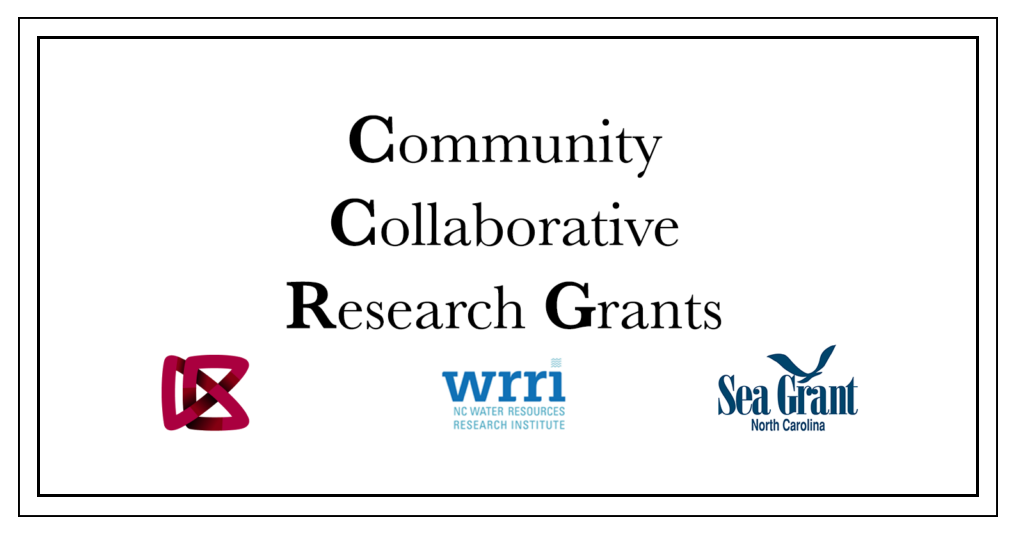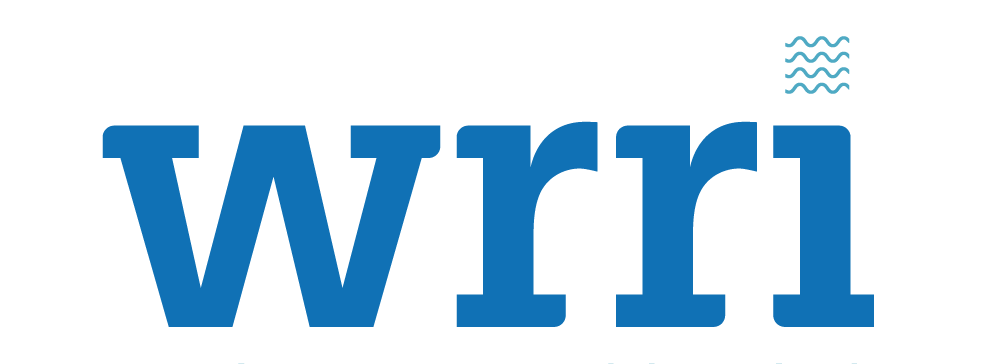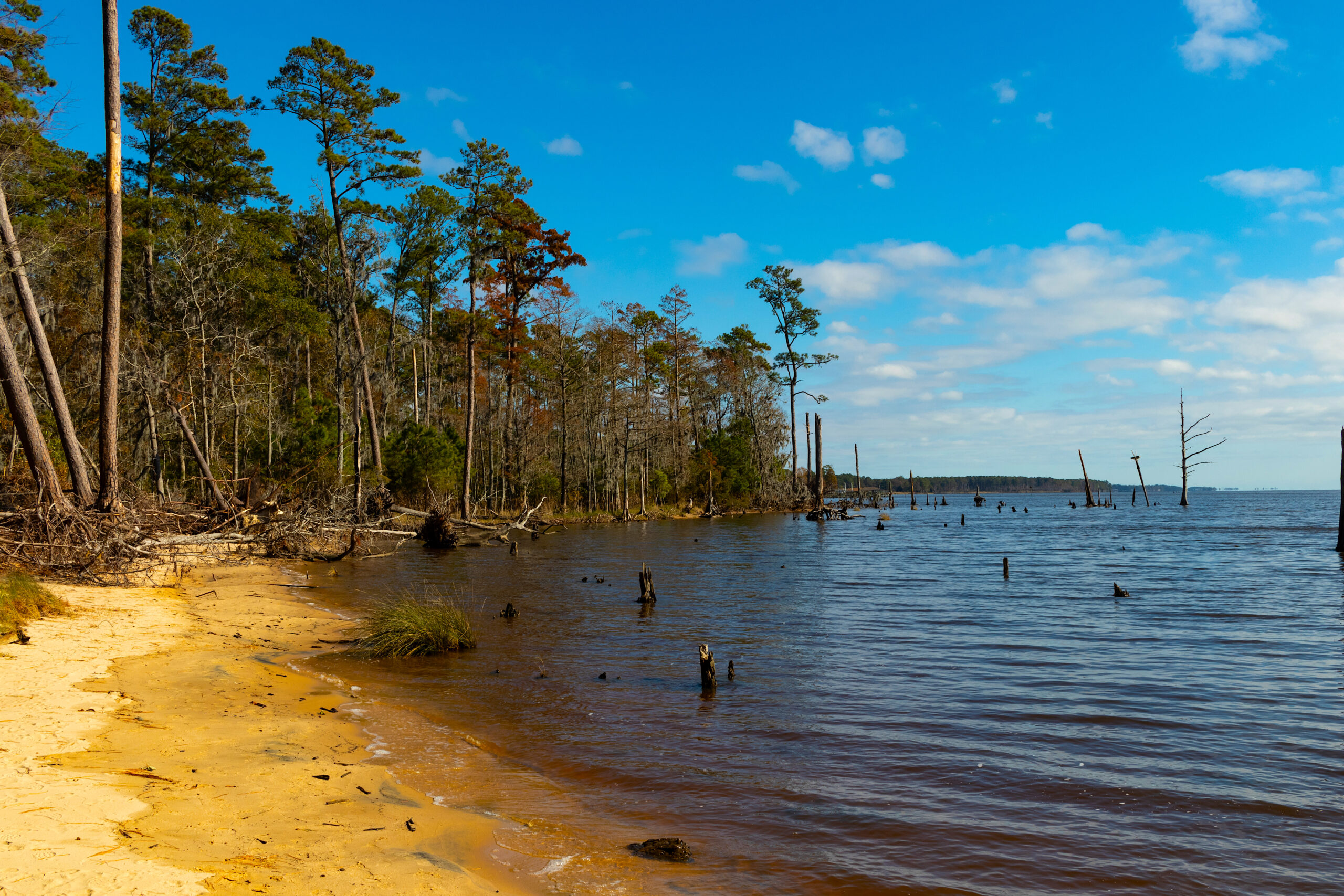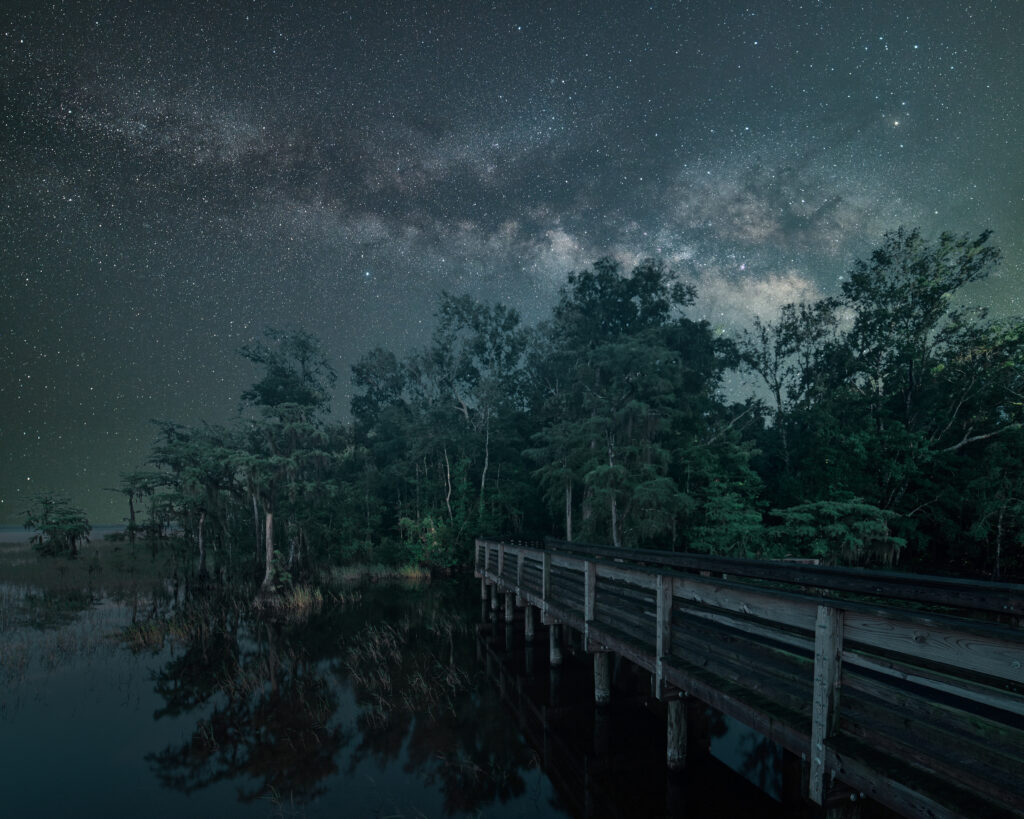Scientists and Community Partners Collaborate on New Projects

Five new projects have received funding from the North Carolina Community Collaborative Research Grant Program. Topics include research related to water quality treatment in wetlands, algal blooms and cyanobacteria, and community resilience in the face of natural disasters.
In its fourth year, the program known as CCRG leverages support from the William R. Kenan Jr. Institute for Engineering, Technology and Science (KIETS) at North Carolina State University with funding from North Carolina Sea Grant and North Carolina’s Water Resources Research Institute (WRRI).
Each project is required to take a collaborative research approach that couples local knowledge from the community with academic experts. This partnership encourages creative problem solving for coastal and water-related challenges N.C. communities face.
“We are excited to continue to bring together new sets of researchers and community partners,” says Susan White, the WRRI and North Carolina Sea Grant executive director.
“The projects selected for CCRG support in 2019 continue to connect and bring together experts from higher education institutions, local community stakeholders, businesses, nonprofits and government organizations to work collaboratively for the benefit of North Carolina,” adds Raj Narayan, KIETS associate director.
The new projects and their respective partners include:
Improving Wetland Treatment
Michael Burchell and Brock Kamrath of North Carolina State University; Fred Summers of North Carolina Rural Water Association; with Kim Greenwood and Bobby Sisk of the Town of Walnut Cove.
The research team working on “Detritus Removal and Enhanced Aeration to Improve Water Quality Treatment and Extend the Useful Life of Constructed Wetlands in North Carolina” hopes to improve constructed wetlands used for wastewater treatment. As built-up plant biomass breaks down in wetlands, it increases the total nitrogen in the water. This research will study the implementation of two methods aiming to lessen the effects of this problem. Their findings will assist wastewater treatment operators in keeping their constructed wetlands performing efficiently.
* Brock Kamrath recently earned an award for his research poster presentation at the 2019 WRRI Annual Conference in March.
Transferring of Toxins
Astrid Schnetzer of North Carolina State University; Charlton Godwin and Jill Paxson of the North Carolina Department of Environmental Quality; Gloria Putnam of North Carolina Sea Grant; with Colleen Karl of Chowan Edenton Environmental Group.
Harmful algal blooms in water systems, such as cyanobacteria and the toxins they produce, are a growing concern for local communities, government agencies and public utilities. When present, they affect drinking water, tourism and wildlife suitability. Of particular concern is their impact when ingested by humans through seafood. The project “Food Web Transfer of Cyanobacterial Toxins in the Chowan River and Western Albemarle Sound” will examine cyanotoxin accumulation within common fish and blue crab in the Chowan River. The research team’s findings will help determine if there is a risk of toxin exposure for consumers.
* Astrid Schnetzer recently presented results of related research at the 2019 WRRI Annual Conference.
Determining Community Networks
Lisa Campbell and Liz DeMattia of Duke University; Karen Willis Amspacher of Core Sound Waterfowl Museum and Heritage Center; with Rett Newton of the Town of Beaufort.
Last fall, Hurricane Florence illustrated the importance of community efforts before, during and after a storm. Preparedness in each of these three phases is critical to long term community resilience, particularly in small, rural communities like those found in eastern Carteret County. The “Connecting for Resilience: Understanding Community Networks and Their Role in Disaster Preparedness and Response” project aims to understand how communities mobilize in the face of disaster, utilizing social networks. Researchers hope insights gained from this project can assist communities and elected officials plan for future disaster events.
Assessing the Damage
Barbara Garrity-Blake of Duke University; Susan West of Hatteras Island; with Sara Mirabilio and Scott Baker of North Carolina Sea Grant.
An active 2018 hurricane season took its toll on coastal North Carolina, wreaking an estimated $17 billion in damage to the seafood industry, with many of the impacts still unknown. The team collaborating on “In the Wake of the Storms: Working Waterfronts and Access in Coastal North Carolina” hopes to determine the damage to North Carolina’s working waterfronts and public access sites. To contribute to the damage assessment from these storms, the research team will build on previous inventories of fish houses to see if the seafood packing capacity has changed.
Understanding Algal Blooms
Nathan Hall of the University of North Carolina, at Chapel Hill; Colleen Karl of Chowan Edenton Environmental Group; the Albemarle-Pamlico National Estuary Program; with the Town of Edenton.
The team working on “Using Citizen Science to Understand Nutrient Limitation of Algal Blooms on the Chowan River: Filling Critical Data Gaps and Promoting Community Engagement” is responding to community questions about the resurgence of blue-green algal blooms. The project aims to determine the nutrient status of cyanobacteria blooms in Edenton Bay, which can degrade waters for wildlife, recreation and tourism. With this work, the partnership also hopes to engage and educate the local community about the issues of eutrophication — excess nutrients causing low oxygen conditions — by launching a website to coordinate a citizen-science effort.
☔︎
- Categories:



